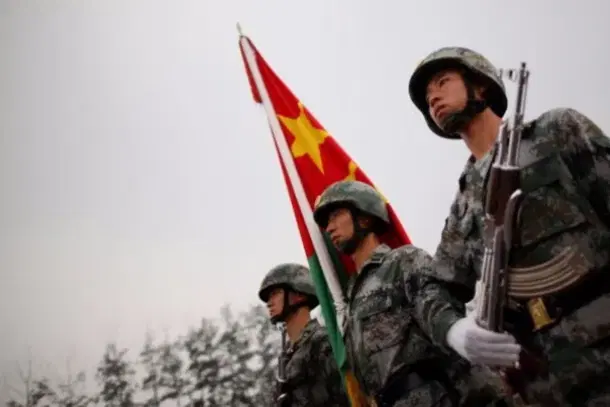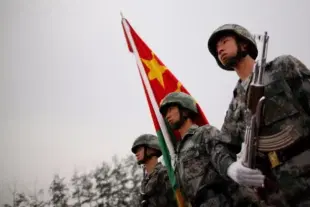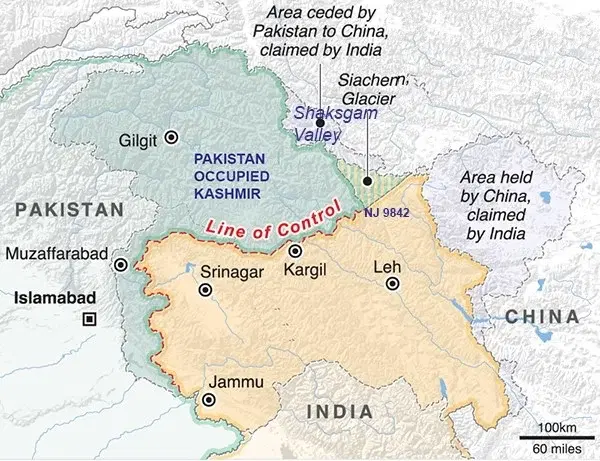Defence
China Builds New Road In Shaksgam Valley, Indian Territory Taken From Pakistan In 1963 — Here's The Lowdown
Swarajya Staff
Jul 28, 2025, 09:42 PM | Updated 09:51 PM IST
Save & read from anywhere!
Bookmark stories for easy access on any device or the Swarajya app.


China has expanded the road network in the Shaksgam Valley, Indian territory under illegal Pakistani occupation since 1947 and unlawfully ceded to China in 1963 through a boundary agreement that India has never recognised.
The Shaksgam Valley lies in the northernmost part of Ladakh, just beyond the Siachen Glacier, which India brought under its control in 1984 through Operation Meghdoot.

The road, originally built by China in 2024, branches off from the G219 Highway, also known as the Aksai Chin Road, and runs through the Aghil Pass. This was the historical boundary between Ladakh and Xinjiang.
The latest extension of the road was identified through satellite imagery by open-source intelligence analyst Nature Desai, who flagged the development on X (formerly Twitter). Desai had also first reported the road’s original construction in 2024.
Breaking:
— Nature Desai (@NatureDesai) July 28, 2025
Amidst a thaw in ð¨ð³ð®ð³ relations, the ð¨ð³ have completed a new road cutting via traditional frontier pass i.e. Shaksgam Pass thereby completing a road loop. The ð¨ð³ have now two-pronged entry to the Shaksgam valley
General overview of the new developments attached
(1/8) pic.twitter.com/nvnKaM3uZ4
Pakistan handed over the territory to China in March 1963, just months after India’s humiliating defeat in the 1962 war, hoping to strengthen ties with Beijing and leverage the partnership to counter India.
India has consistently rejected the so-called China-Pakistan boundary agreement of 1963, under which Pakistan attempted to cede the Shaksgam Valley to China in violation of international law and Indian sovereignty.
In July 2024, Ministry of External Affairs spokesperson Randhir Jaiswal reiterated India’s firm position. He said, “The Shaksgam Valley is part of the territory of India. We have never accepted the so-called China-Pakistan boundary agreement of 1963 through which Pakistan unlawfully attempted to cede the area to China.”
Chinese construction in the valley is part of a broader pattern of strategic coordination between China and Pakistan in India’s border regions.
According to report by Pakistani journalist Tom Hussain in the Hong Kong-based South China Morning Post in 2024, Pakistan is seeking new overland crossings into China via Gilgit-Baltistan, another part of India under illegal occupation, to deepen military cooperation between the two countries.
The newspaper also reported that these developments aim to boost joint operational readiness against Indian forces in Ladakh and Kashmir.
The Shaksgam road extension, like similar Chinese projects in Aksai Chin and Pakistan-occupied Kashmir, reflects Beijing’s effort to entrench its presence on Indian territory.
New Delhi has diplomatically and militarily pushed back against such moves across the Line of Actual Control, from Arunachal Pradesh to Sikkim and Eastern Ladakh, triggering multiple standoffs over the past decade.





